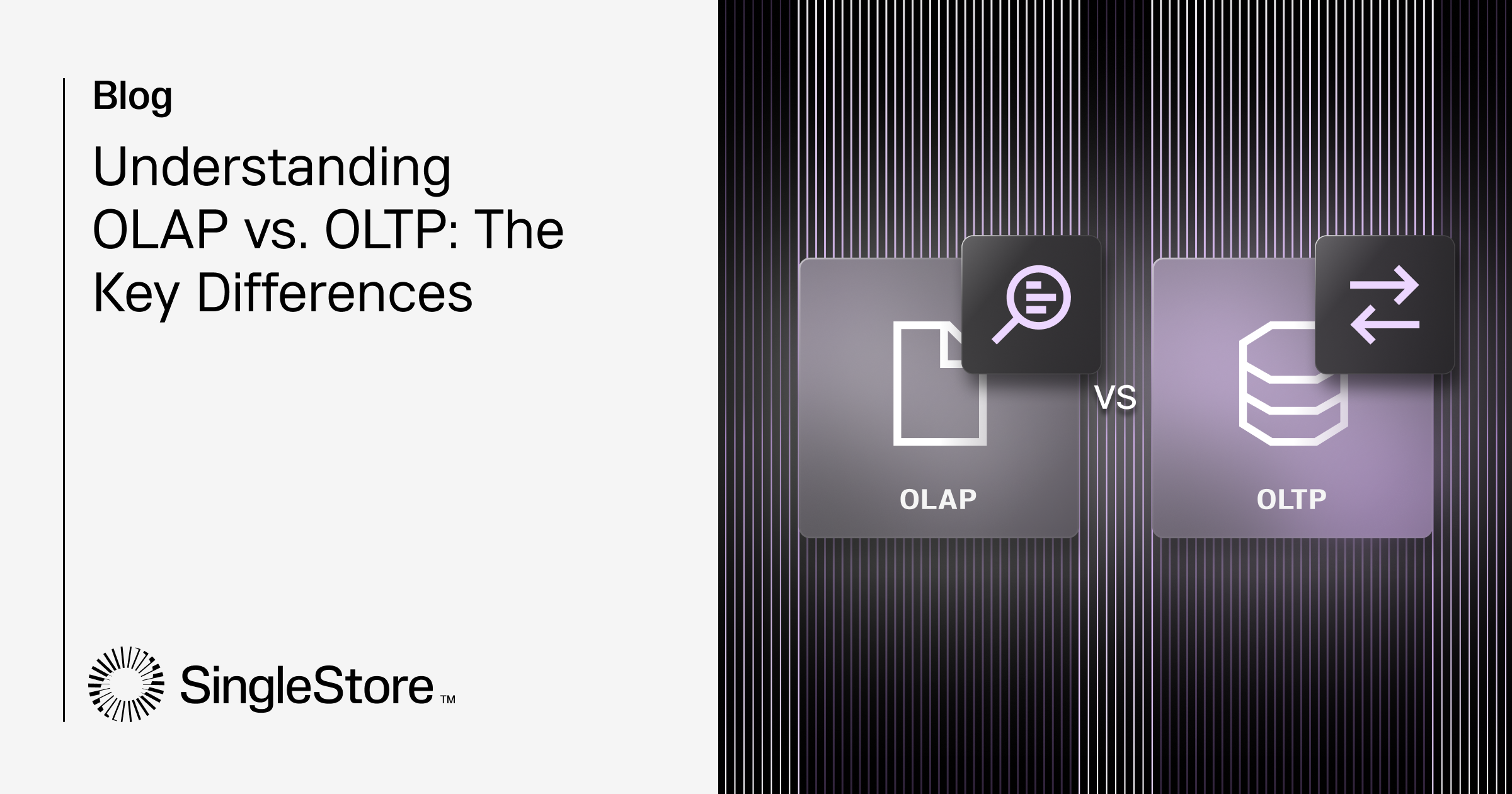NFL Gameplay Media search powered by AWS: A tech deep dive

Football fans have an incredible ability to recall specific moments—game-winning touchdowns, crucial interceptions, and spectacular catches. However, for National Football League (NFL) media producers tasked with finding these specific plays in a sea of thousands of games and millions of plays, it’s like searching for a needle in an ever-growing haystack. What might seem like a simple request—“Show me Justin Jefferson receptions on 4th down in 2022 when the Vikings were losing”—quickly becomes a daunting task. Media producers and content creators have traditionally spent hours or even days combing through complex systems to compile highlight reels or find that one perfect clip.
The scale of the NFL’s media archive is truly massive. It houses over 200 petabytes of high-definition video, capturing multiple camera angles from every play across numerous seasons. To put that into perspective, if you tried to watch this footage continuously, it would take over 175 years to finish, and that’s without taking a single break. This overwhelming volume of data makes navigating the archive a significant challenge for NFL media staff, especially under the tight deadlines of live broadcasts and content creation.
The search for a solution
The NFL needed a solution capable of quickly and accurately retrieving specific video clips without requiring users to possess deep technical knowledge of the backend systems. The goal was straightforward: allow users to enter natural language queries and receive relevant video clips and metadata, all in seconds.
This project wasn’t just about building a better search engine—it was about fundamentally rethinking how to manage and access large-scale video archives in the age of artificial intelligence (AI) and cloud computing. The engineering challenges were immense: the system needed to understand the nuances of sports-specific queries, handle real-time performance with massive datasets, and scale efficiently, particularly during high-traffic events like the Super Bowl.
Enter Amazon Web Services (AWS). Using a combination of AWS cloud technologies, the NFL and AWS developed a cutting-edge AI-powered search tool to transform the way the NFL manages and interacts with its vast video archive.
Let’s dive into the key components that make this system a technological marvel.
Semantic caching with Amazon MemoryDB for Redis
At the core of the NFL Gameplay Media search tool lies a sophisticated semantic caching system. This system goes beyond traditional keyword-based searches, offering a more intelligent, context-aware approach to data retrieval. Instead of relying on exact matches, it understands the meaning behind queries, thanks to vector embeddings that capture the semantic meaning of search terms.
When a new query is made, the system generates a vector embedding—a high-dimensional representation of the query—and compares it to embeddings from past queries stored in a vector database. This allows the system to quickly identify similar past requests and process familiar queries faster. For novel or complex queries, the system performs a more thorough search.
The caching layer is built using Amazon MemoryDB for Redis, which serves as both short-term memory for handling session-specific data and long-term memory for vector searches. This design choice simplifies the architecture while maintaining high performance. From a technical perspective, the semantic caching system can handle up to 10,000 queries per second, ensuring real-time responsiveness even under high traffic.
Building such a system required overcoming several challenges, particularly optimizing vector operations for low-latency and high-concurrency scenarios. The development team engineered custom algorithms to generate and compare vector embeddings in real-time, ensuring the system could scale as the volume of historical data grows.
Function and tool calling with Claude from Anthropic via Amazon Bedrock
The NFL’s Gameplay Media AI search tool uses large language models (LLMs) through Amazon Bedrock, leveraging the Anthropic Claude model. This system stands out because of its function and tool calling capabilities, which enable the AI to interact with external systems and APIs.
Function calling allows the AI to execute predefined tasks, like retrieving data or interacting with tools, beyond just generating text responses. For example, if a query needs external data, the system can execute a function to retrieve the required information and incorporate it into the AI’s response.
This design allows the system to perform up to 500 external function calls per second with an average latency of less than 100 milliseconds, making it possible to process complex queries that require multiple data lookups without compromising speed.
The function calling system also ensures that responses are formatted consistently for downstream processing, maintaining data integrity and making it easier to integrate results with other systems.
Real-time updates with WebSocket API
A key feature of the NFL Gameplay Media search tool is its use of WebSocket APIs for real-time communication between the client and server. This technology powers two crucial functions:
- Process Streaming: As the system processes a query, it sends real-time updates to the user, providing feedback on the progress of complex searches.
- Token Streaming: When the AI generates a response, it streams it back token by token, creating an interactive, real-time experience for users.
Compared to traditional REST APIs, WebSocket APIs offer low-latency, bidirectional communication, which is essential for maintaining real-time updates and responsiveness during the query process. The WebSocket implementation supports up to 50,000 concurrent connections and can handle 1 million messages per second, ensuring the system can scale during high-traffic events like the Super Bowl.
Implementing WebSockets also required designing robust error-handling and reconnection strategies to ensure a seamless user experience, even in less-than-ideal network conditions.
Scalability and performance: Key to success
The ability of this system to scale during peak usage periods is crucial for the NFL. Whether a producer is looking for a specific play or a fan is seeking personalized highlight reels, the system needs to handle the load efficiently.
By combining Amazon MemoryDB for Redis, Anthropic Claude via Amazon Bedrock, and WebSocket APIs, the NFL’s Gameplay Media search tool offers real-time performance and scalability, addressing the massive volume of data and query requests the NFL manages.
Beyond the gridiron: Future applications
The success of the NFL Gameplay Media search tool opens up exciting possibilities beyond sports broadcasting. This project demonstrates how AI, when combined with advanced cloud infrastructure, can unlock new capabilities in media asset management, offering insights for developers and engineers building similar large-scale, AI-powered systems.
The underlying technology can be applied across industries that deal with large volumes of data and need fast, context-aware retrieval. The same principles that allow this system to find a specific touchdown pass in seconds can be used to conduct medical research, helping doctors quickly locate relevant case studies. Financial analysts can employ similar tools to sift through market data, identifying trends and patterns in real time. In education, such a system could revolutionize how students and researchers access and interact with vast archives of learning materials.
Conclusion
The NFL Gameplay Media search tool is more than just a solution for NFL media producers—it’s a glimpse into the future of how organizations will interact with massive datasets. By leveraging AWS technologies, the NFL has not only created a system that streamlines content creation and improves broadcast quality but also sets the stage for future innovations in fan engagement and beyond.
In an era where AI plays an increasingly central role in how we access and interact with data, the NFL’s use of AI-powered search technology serves as an important case study, demonstrating the possibilities of combining cloud computing, semantic search, and real-time processing to solve complex, large-scale problems.
Source: View source





